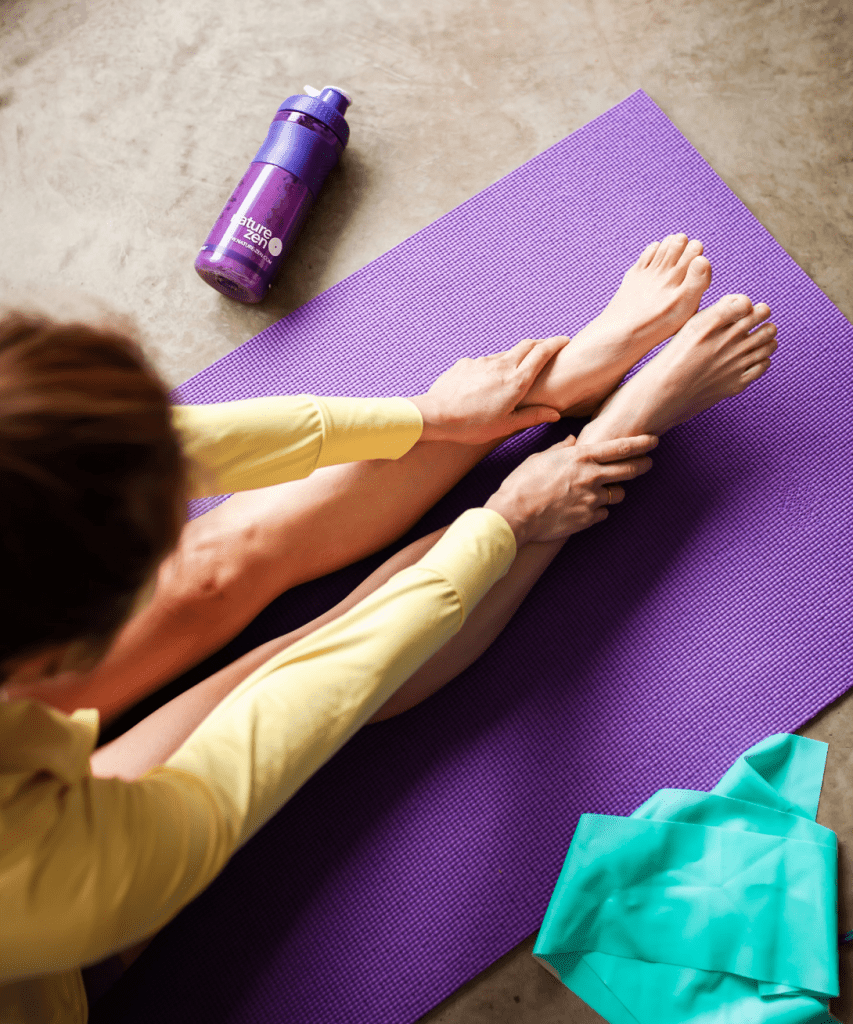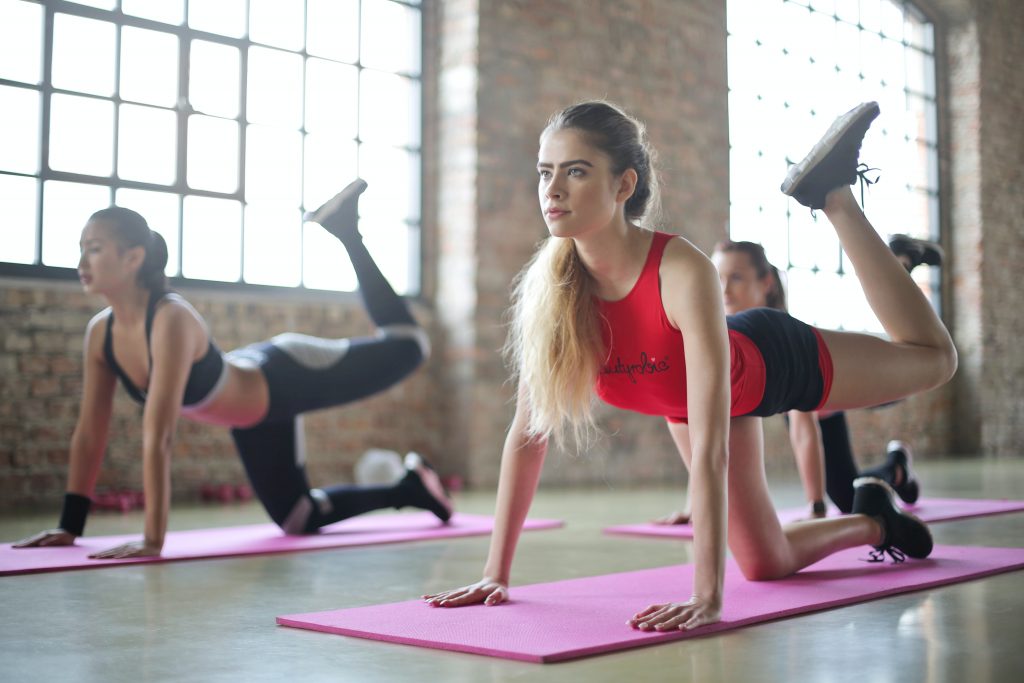Navigating menopausal challenges entails a myriad of symptoms, with hip pain taking center stage alongside the more familiar companions like hot flashes, hormonal acrobatics, breast tenderness, and the unwelcome guest that is painful intimacy. What might slip under your radar is the intricate dance of many female reproductive components snugly nestled within the pelvic arena—precisely between the hip heavyweights. Hence, as your body embarks on this transitional odyssey, the stage is set for sensations of soreness, discomfort, or a tango of limitations in this pelvic domain.
Regrettably, the menopausal and postmenopausal sagas are often relegated to the backburner of discussions (and research), despite being pivotal chapters rife with palpable symptoms. Hip pain stands as a regular feature among the symphony of changes during this epoch.
The silver lining? Pilates steps into the spotlight!
Unpacking why menopausal hip pain might join the ensemble, how Pilates waltzes to the rescue, and a selection of graceful exercises to begin alleviating the dissonance—here’s your cue to uncover this therapeutic dance.
Menopause and the Ballet of Hip Pain
Entering the menopausal threshold opens the door to a condition named trochanteric bursitis. This dance involves the curtain call for the degeneration of tissues enveloping the hip and buttocks, culminating in a crescendo of musculoskeletal pain and inflammation.
Given the commonplace rollercoaster of weight and hormonal variances during or post-menopause, this choreography heaps pressure on the tendons, choreographing a chronic inflammation piece over time. Consequently, a quarter of women over 50 will twirl into trochanteric bursitis, casting a shadow over the ease of daily lower-body movements.

How Pilates Whirls Away Menopausal Hip Pain
Should you find yourself immersed in menopause or the postmenopausal aftermath for over 12 weeks, it’s time to summon the physician. Beyond medical companionship, consider enlisting Pilates into your cast.
This form of movement gracefully pirouettes as a supportive and gentle maestro, orchestrating a symphony of strength in your hip realms, rekindling functional mobility, and orchestrating a harmony that hushes the discord of discomfort. Here are the ways in which Pilates pirouettes to your aid:
1. Hip Harmony: More Flexible Movement
Pilates, the choreographer, directs a rhythmic ballet of fluid movements, elevating joint flexibility. This gentle waltz of fluidity extends the hips’ articulation, fostering flexibility without subjecting them to an overture of strain. The more nimble your hips, the smoother (and less painful) the choreography of bending, twirling, tilting, squatting, promenading, or executing other basic lower-body routines.
As someone who has weathered numerous seasons of chronic discomfort, I can affirm the profound impact on your psychological wellness. Each day becomes a more joyful and easily navigable performance when everyday activities unfold with minimal or no discomfort.
2. Core Concerto: Strength and Stability
Most Pilates routines orchestrate a precise and conscious sequence that summons the core muscles—back, pelvis, abdomen, and hips. With the encore of rhythmic contractions and elongations, the core crescendos into strength, crafting stability and balance throughout the body. Hence, Pilates serves as a virtuoso in constructing muscle resilience in the core, ultimately curtailing the sonata of chronic pain.
3. Spinal Sonata: Improved Alignment
Pilates not only stabilizes the core but also conducts a therapeutic opera in correcting spinal misalignments. This ballet corrects posture nuances like pelvic tilting, thoracic bending, lumbar protrusion, and leg extension. This has been a pivotal act I’ve discovered in managing my scoliosis since embarking on the Pilates journey.
In the context of menopausal hip pain, this alignment is key, as it alleviates pressure on the hips and other lower-body connecting areas, diminishing chronic pain or constraints and liberating the movement’s freedom.

4. Joint Jete: Reduced Stiffness
Joints undergoing a natural waltz of age-induced desiccation is a common refrain. This can render your joints susceptible to the crescendo of pain, injury, compression, and loss of mobility. The ball-and-socket joint that serenades the hip bone and thigh bone is no exception. However, Pilates orchestrates a gentle movement that serves as a soothing sonnet. Pilates’ low-impact movements release the joints from the high notes of pressure, restoring their mobility, relieving the compression, and orchestrating a diminished risk of falls.
5. Injury Interlude: Lowered Risk
The latest research from the North American Menopause Society unfolds a libretto revealing that one in three women over 50 will encounter the crescendo of fragility fractures in their joints, including the most dramatic of arias—hip fractures. Among the surviving soloists of hip fractures, 40% will be unable to prance independently.
Women waltzing into menopause are more prone to these injuries due to the diminishing bone mass after the finale of menopause. However, as revealed by the PLOS One journal, adhering to Pilates exercises can sustain bone density and fortify bone tissue. It elevates balance and strength, ensuring you pirouette through life with resilience.



+ There are no comments
Add yours